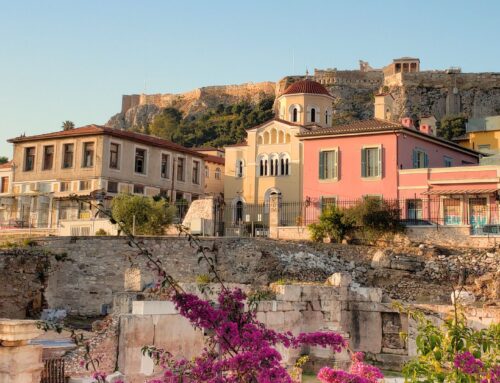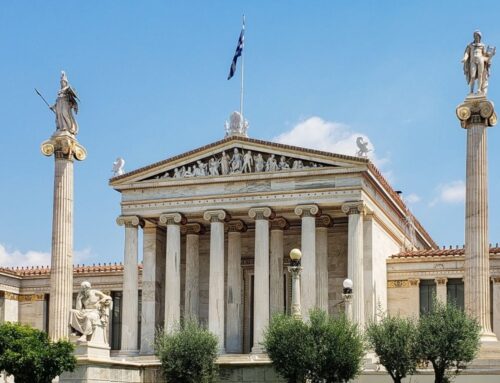
The Famous Ancient Greek Artwork You Need To See
The Famous Ancient Greek Artwork You Need To See




☞ Table of Contents:
Bronze, gold, marble, paintings and pottery. The ancient Greek artwork that survives today is treasured by many and displayed in museums all over the world. A lot of these important pieces of art however, remain where they were first made and are a must visit on your holiday in Greece.
☞ Related: 5 Iconic Greek Painters You Should Know About
Artemision Bronze – Zeus Or Poseidon?
Found off Cape Artemision in Northern Euboea, this statue now has a home in the National Archaeological Museum in Athens. This ancient Greek artwork is hard to miss. The striking bronze statue of Zeus dominates the middle of the room, arms outstretched and held poised where they once clutched a thunderbolt. There is however some debate over who this statue represents. Some believe it to be Poseidon, in which case his weapon would have been a trident. This statue of the Greek god was found in 1926 and was made in c. 470 BC.
☞ Related: A List Of The Worst Greek Gods In Mythology
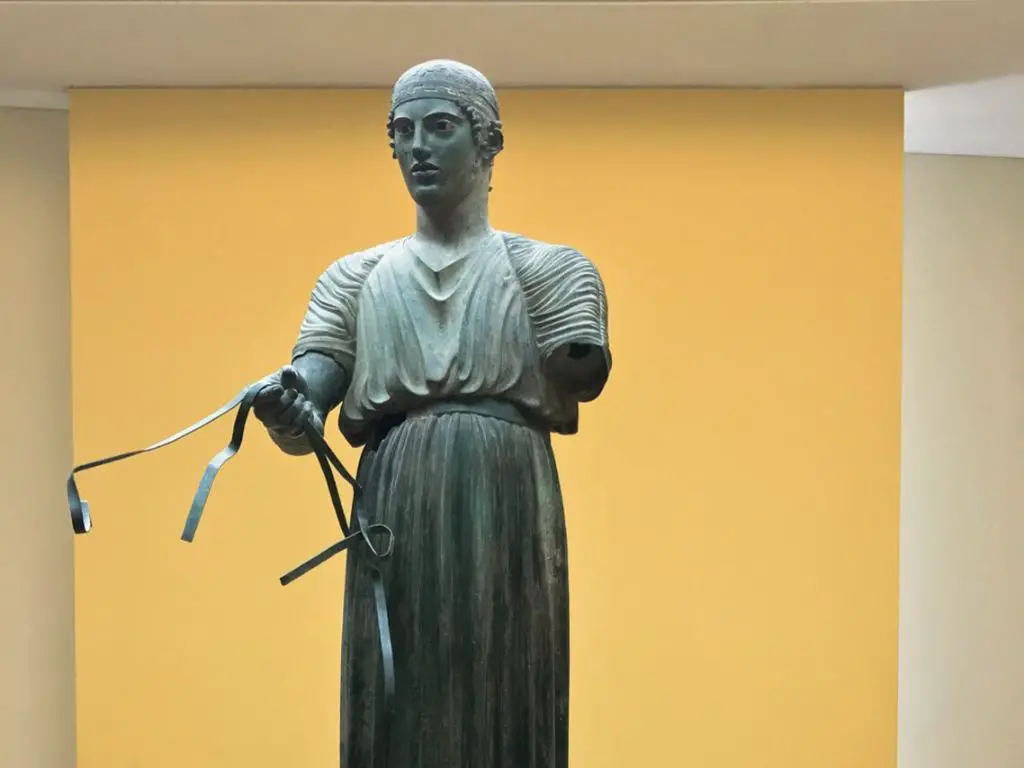

The Charioteer Of Delphi
This ancient Greek artwork is famous for being one of the most well preserved and intricate bronze sculptures found in Greece. It was discovered at the Sanctuary of Apollo in Delphi in 1896. This is the last piece you will see before exiting the Delphi Archaeological museum. They really do save the best until last as it is considered the museums most important exhibit.
The young charioteer is what remains of a larger sculpture that was once led by four horses. The sculpture would have been erected in honour of the winner of the Pythia games, which were held in Delphi every four years. It’s erection dates back to c. 470 BC.
☞ Related: Chrisso – The Ancient And Unknown Village Next To Delphi
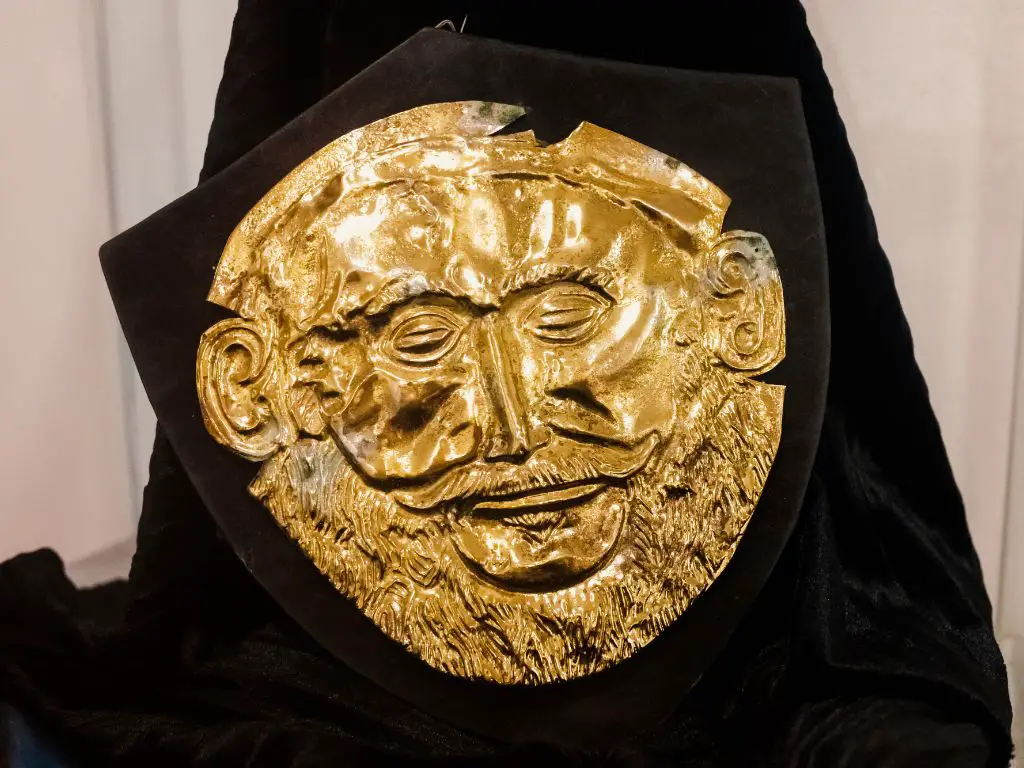

The Mask Of Agamemnon
This is another important work of art that belongs in the National Archaeological museum, which is thought to be one of the best museums in Athens. Here, a brilliant shining gold mask brings to life the anguish and tragedy of the Trojan war. This is because the golden death mask is said to depict the bearded face of Agamemnon. The very man who led the Greeks, and some of the most famous Greek heroes, into battle. The age of this mask dates back to 1550-1500 BC. Is it truly the legendary king of Mycenae? You’ll have to see and decide for yourself!
☞ Related: 10 Most Important Ancient Sites In Athens You Should Not Miss




Nike Of Samothrace
This is potentially one of the most important of all ancient Greek artwork. Nike of Samothrace was made in the 2nd century BC and was found in 1863 on the Greek island of Samothrace. But the sculpture now resides at the Louvre museum in Paris. The statue is of the winged goddess Nike, which means victory in Greek. She stands with her wings outstretched standing on the prow of a ship. This beautiful piece of artwork is said to be given as an offering to the gods in honour of a naval victory.
☞ Related: The Best Quiet Greek Islands To Escape To
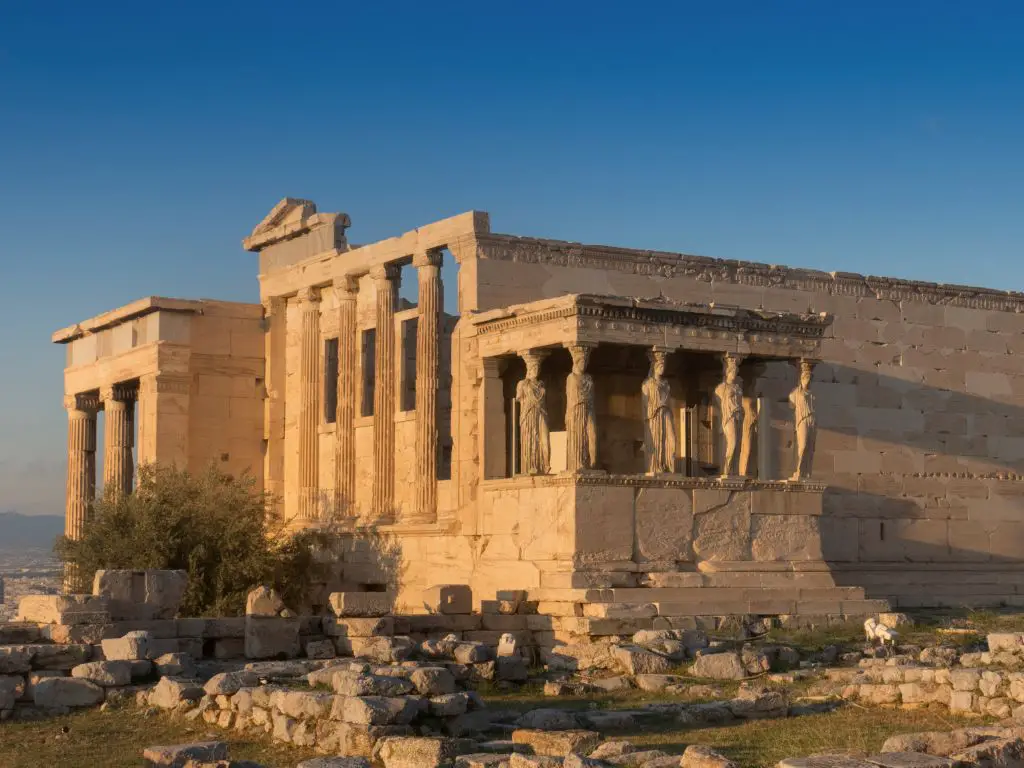

The Goddesses From The Parthenon
These goddesses are a part of what is often referred to as the “Elgin marbles.” They can be found in the British Museum in London, but they once belonged to the east pediment of the Parthenon in Athens. There is a long history behind the Parthenon and the journey these goddesses took overseas but they are one of the finest pieces of ancient Greek artwork. They are enjoyed by thousands of visitors who come to admire their incredible detail. It is hard to believe that the garments that drape these women are carved out of marble. They are so intricately done that they appear to be translucent.
☞ Related: Is The Agora In Athens Better Than The Acropolis?
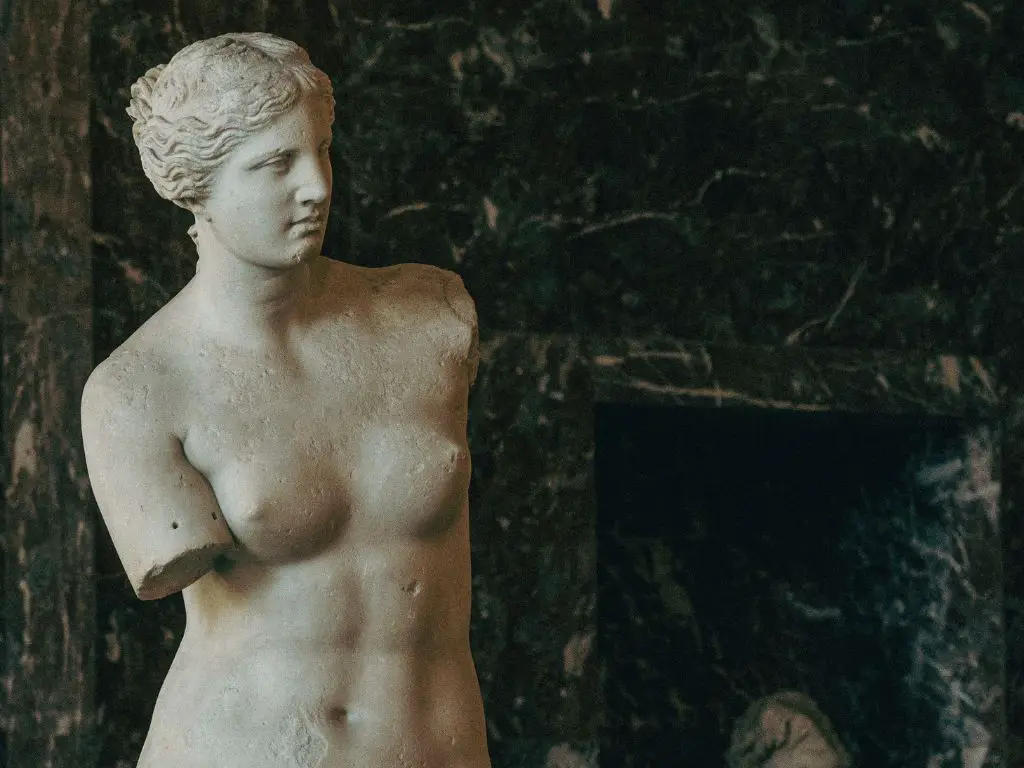

Venus Of Milo
A find that put the island of Milos on the map. This exquisite feminine sculpture was found on Milos in 1820. The woman is believed to portray either the goddess Aphrodite or the sea goddess Amphitrite. This is another ancient Greek artwork that can be seen in the Louuvre in Paris. While there is debate over its age, characteristics of Venus of Milo, some characteristics and features date this artwork at around c. 100 BC.
☞ Related: The Best Things To Do In Greece On A Romantic Holiday
*Disclaimer: This page might include affiliate links. If you decide to book something through one of them, I might get a little bonus, but it won't cost you anything extra.*


